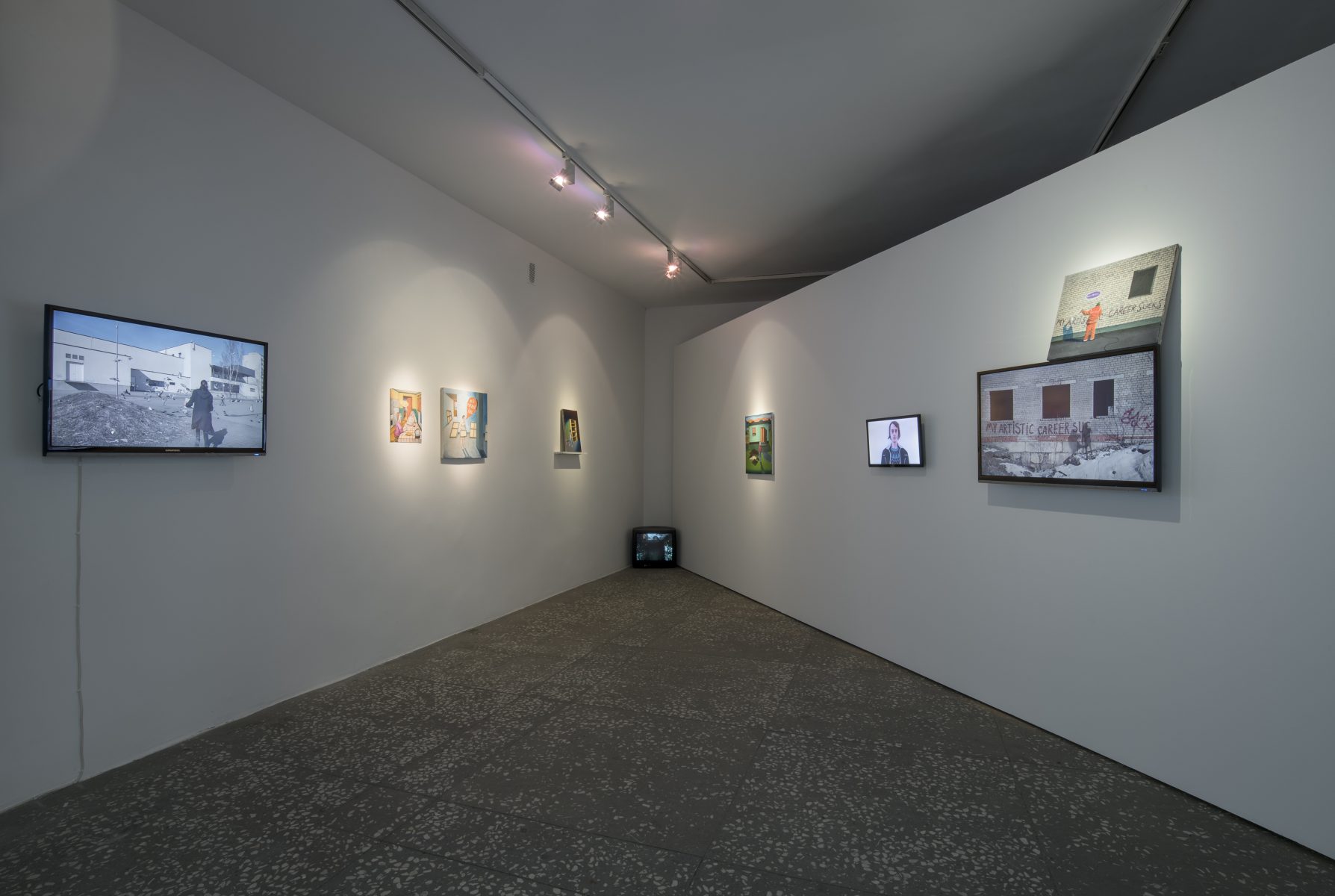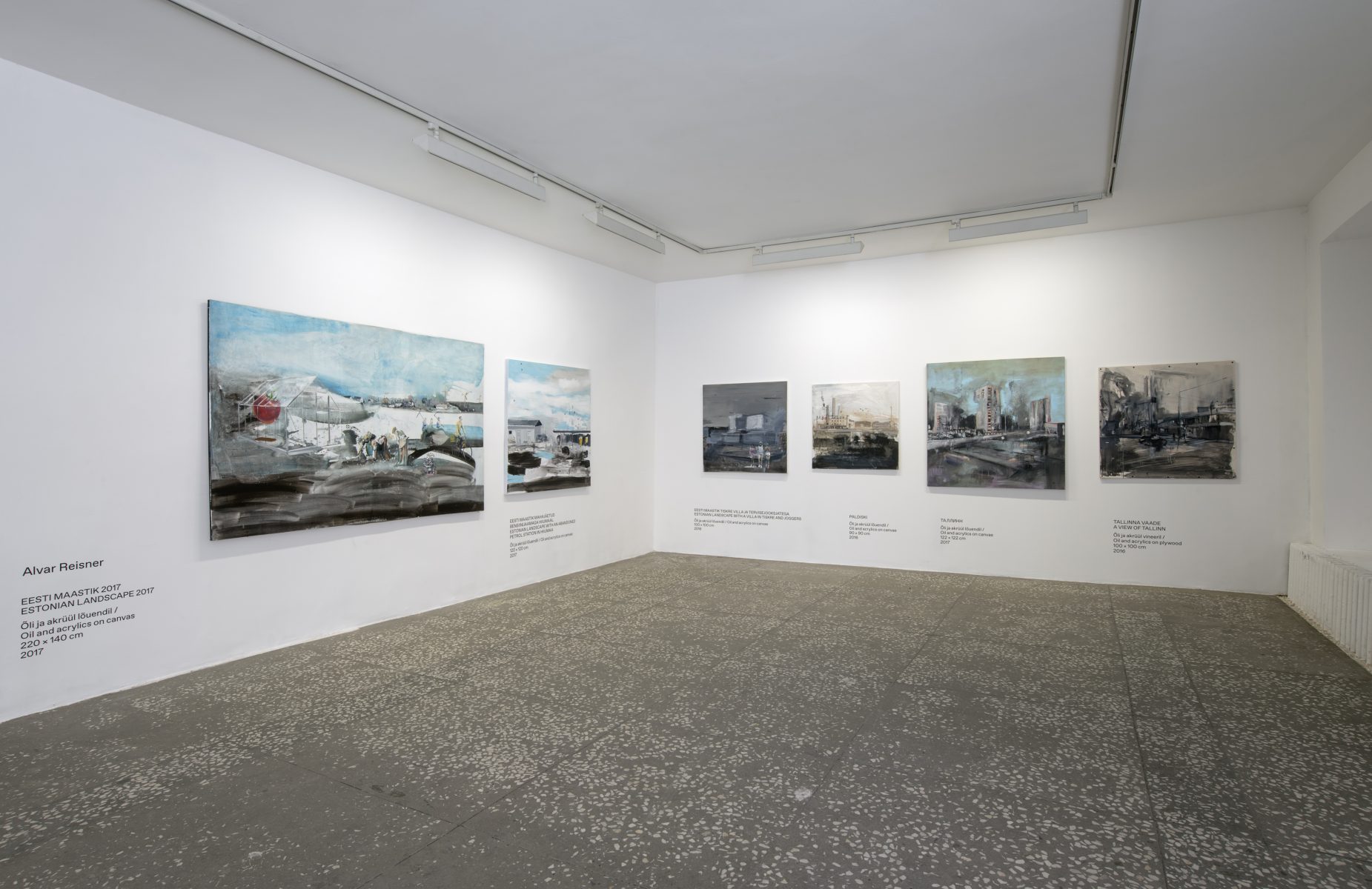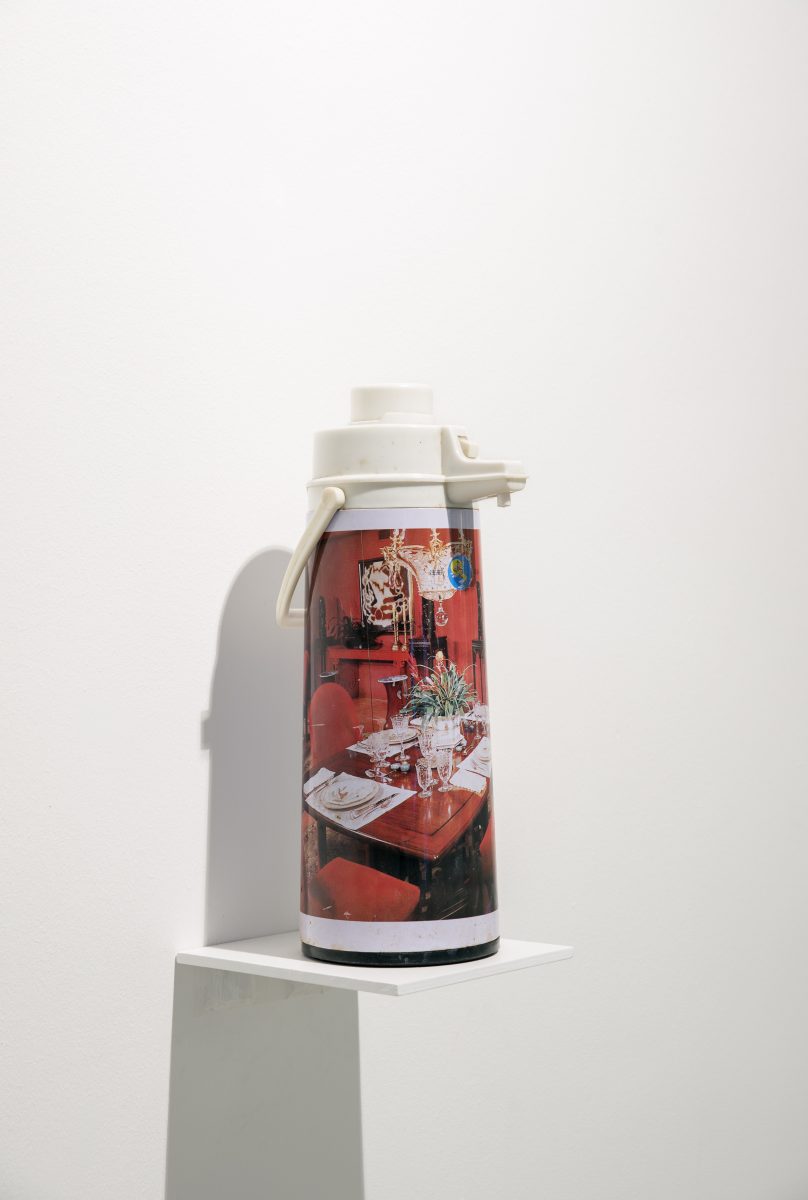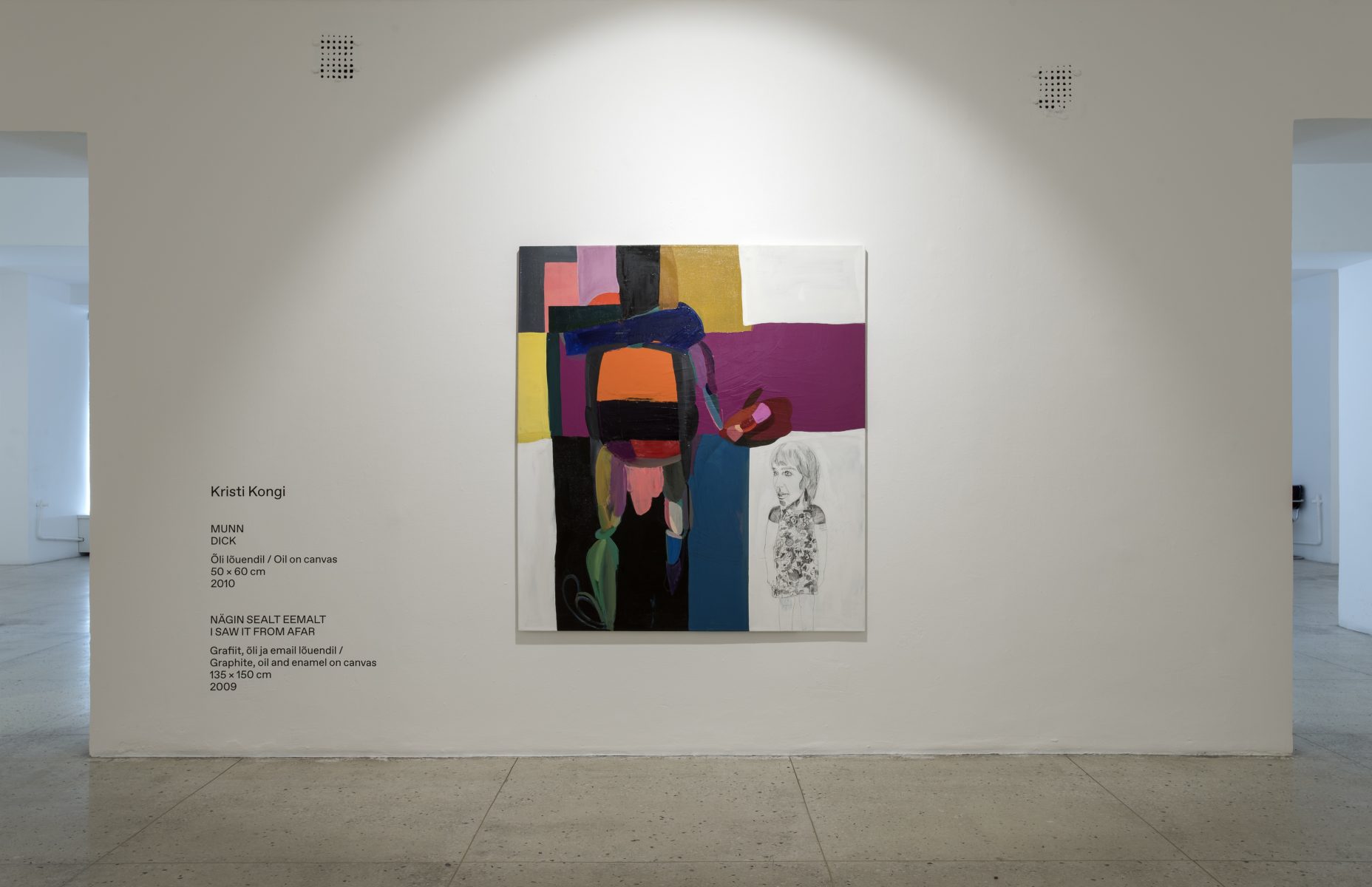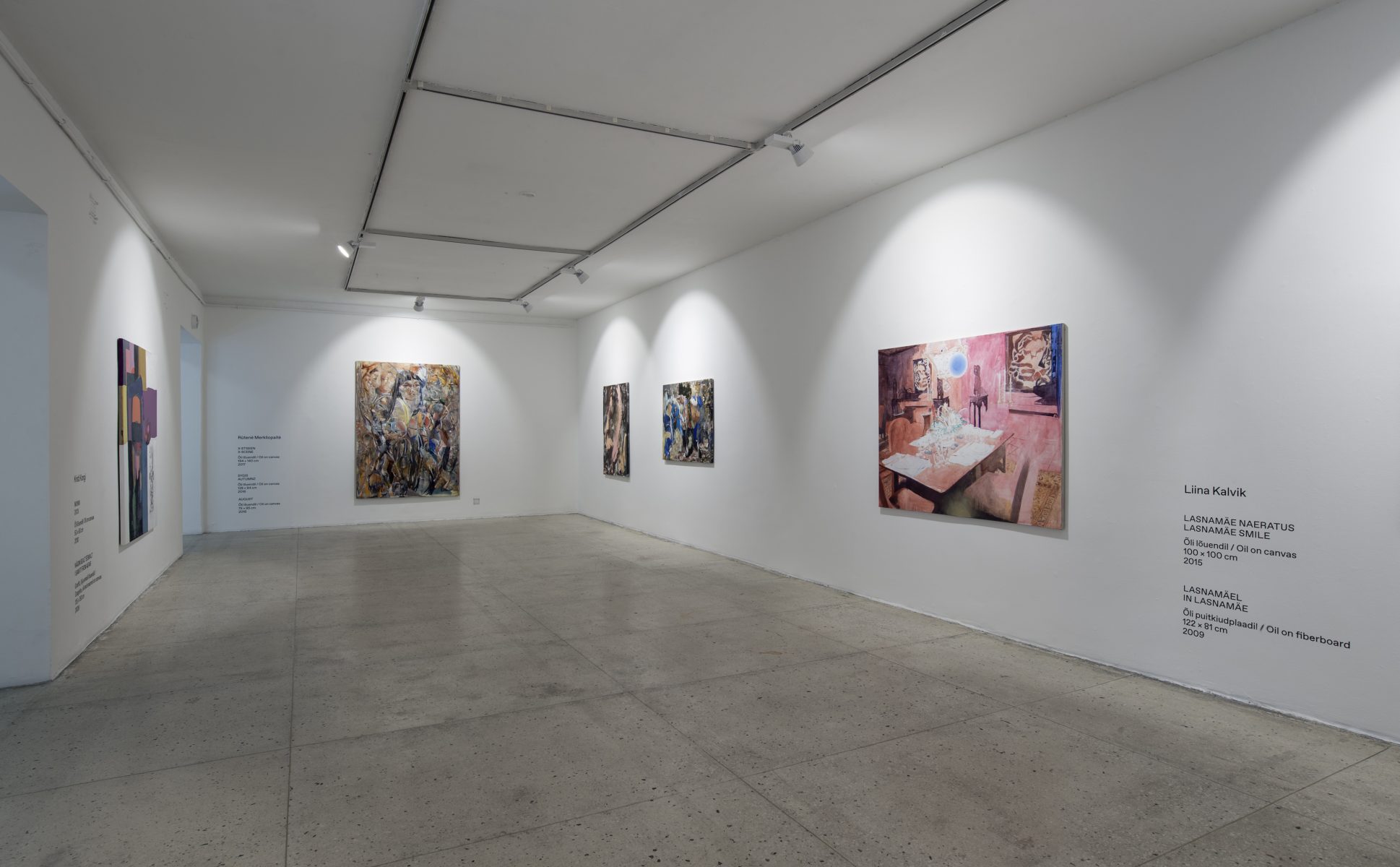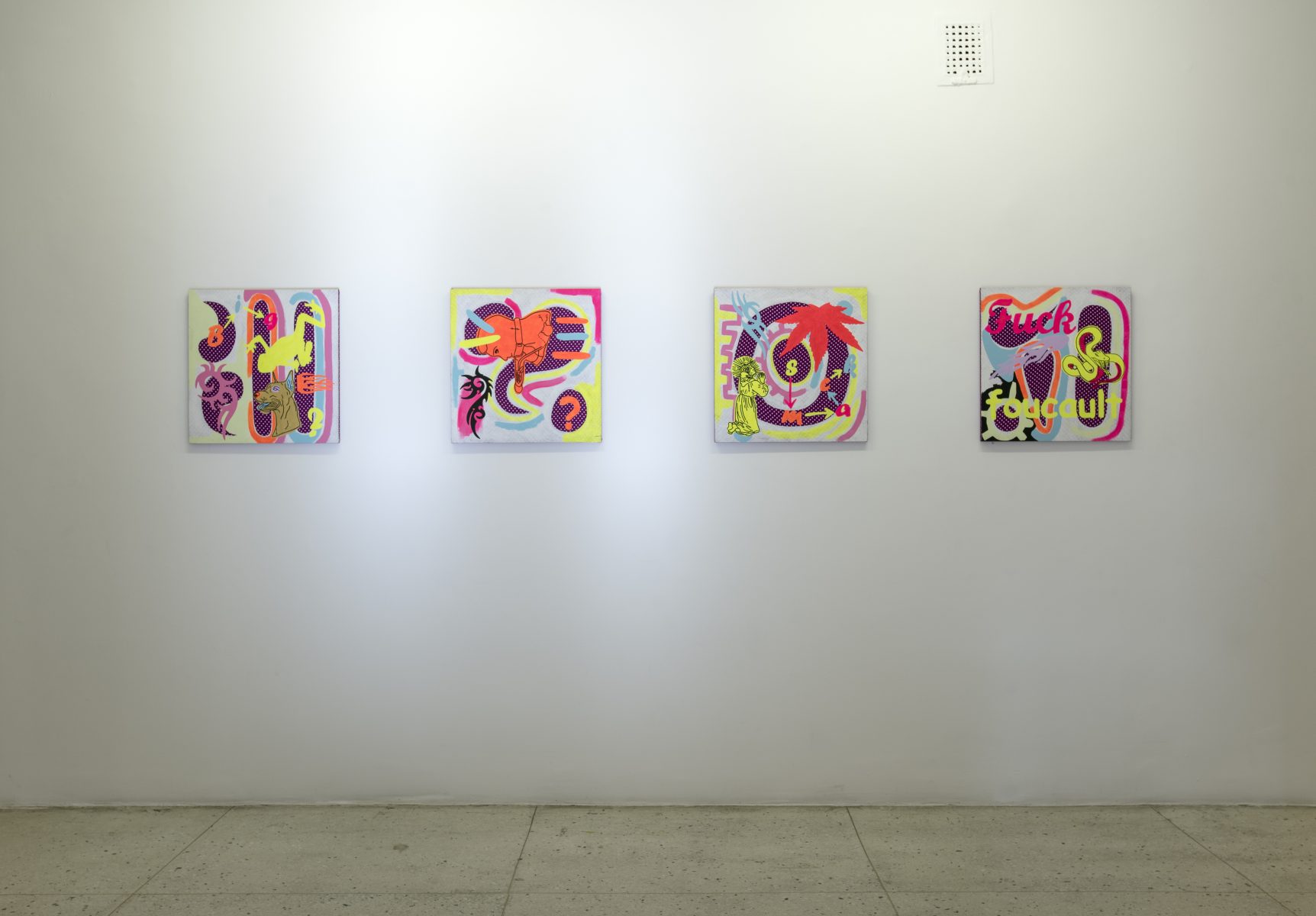Children of the New East
Curator: Siim Preiman
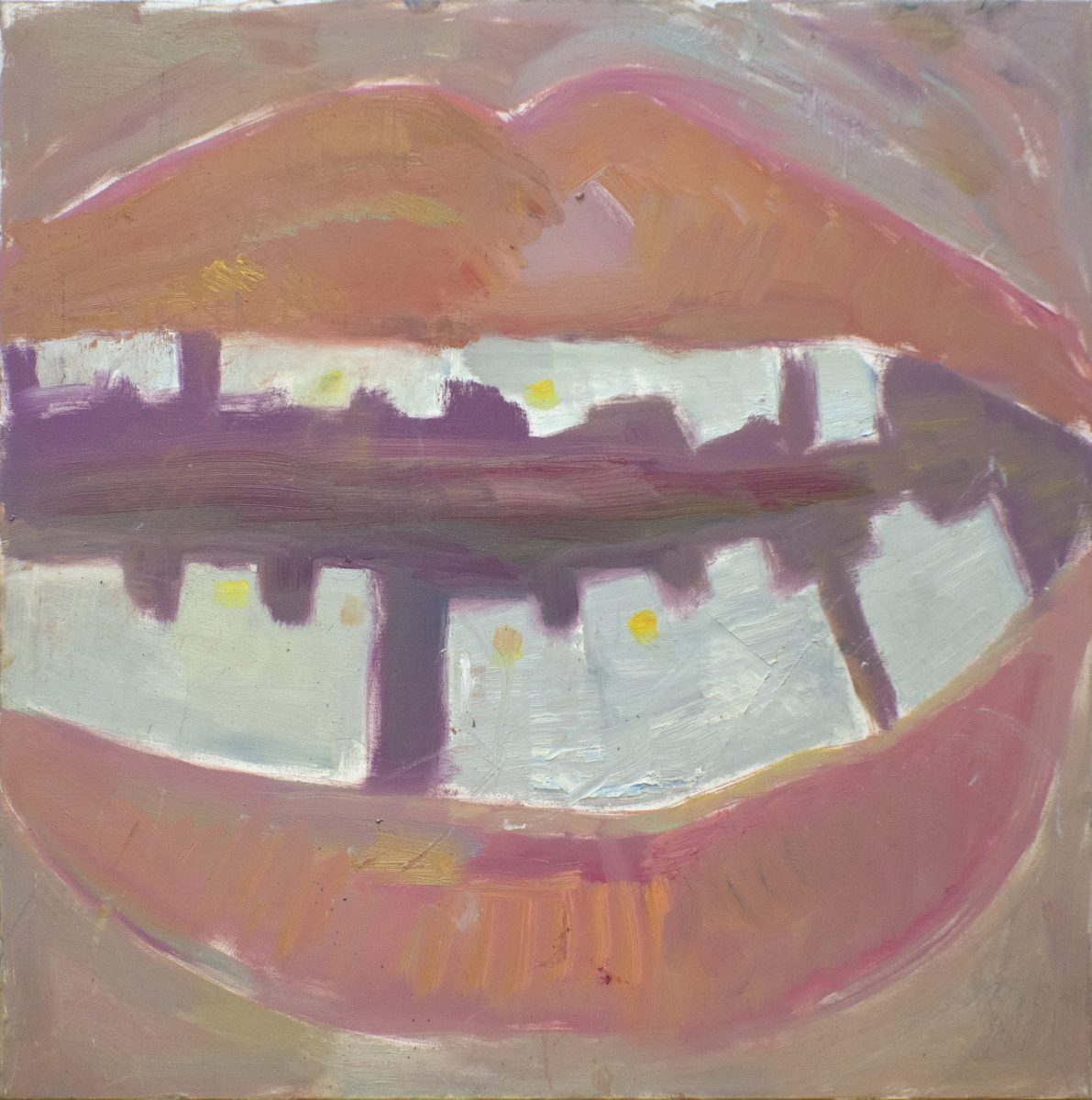
From 25 February, there will be a new international exhibition, The Children of the New East, at the Art Hall Gallery and the City Gallery. This exhibition seeks out the non-existent memory of the children born after the pivotal events of the 1980s and 1990s, and these children’s place in a globalised culture. How does a generation of twenty-somethings view itself, born in the wake of the children of winners and losers, and freedom? The exhibition opening will take place on Thursday, 23 February at 6 pm, and the exhibition will stay open until 26 March.
Artists: Alexei Gordin, Liina Kalvik, Kristi Kongi, Kennet Lekko, Rūtenė Merkliopaitė, Henrik Rakitin, Alvar Reisner, Elīna Vītola
“I’m exactly young enough to have seen the momentous events of the end of the previous century only in retrospect on a TV screen. All of those moments that were of great importance to the development of the Estonia and the Europe we are currently living in actually didn’t really happen as far as I’m concerned,” Siim Preiman, the curator of the exhibition ponders. “As the scenes of the fall of the wall were broadcast on the same screen as MacGyver and Xena: Warrior Princess, you could have easily imagined those events, for all we know.”
With the help of works by artists from different generations, and the curator’s travel stories, a possible portrait of our corner of the world emerges: the main characters of the exhibition – those very same children of the new East – act in a space where the Soviet or any other layer does not include personal memories for them. What will become of a young Eastern person who was born into Europe, not into the East, as far as they are concerned?
“In Estonia, the new generations are making the relationship between past, present and future less unidirectional and ordered than the previous. They are blurring the strict delineation between past, present and future, approaching them in a more porous and situational way. The riddle here is to figure out how present-day expectations and experiences might invest the past with novel meaning,” anthropologist Francisco Martinez writes in an essay for the exhibition booklet. He defended his doctoral thesis “Wasted Legacies? Material Culture in Contemporary Estonia” at Tallinn University in 2016, focusing on how our own interpretation of recent history has changed Estonian society.
The exhibition booklet also contains a short essay from painter Mart Vainre from the Estonian Painters’ Association, who initiated the exhibition.
The exact times of public events associated with the exhibition will be published on the Art Hall website: http://www.kunstihoone.ee/programm/
We would like to thank: Cultural Endowment of Estonia, Ministry of Culture, Estonian Painters’ Association, Tallinn Department of Culture, Veinisõber



